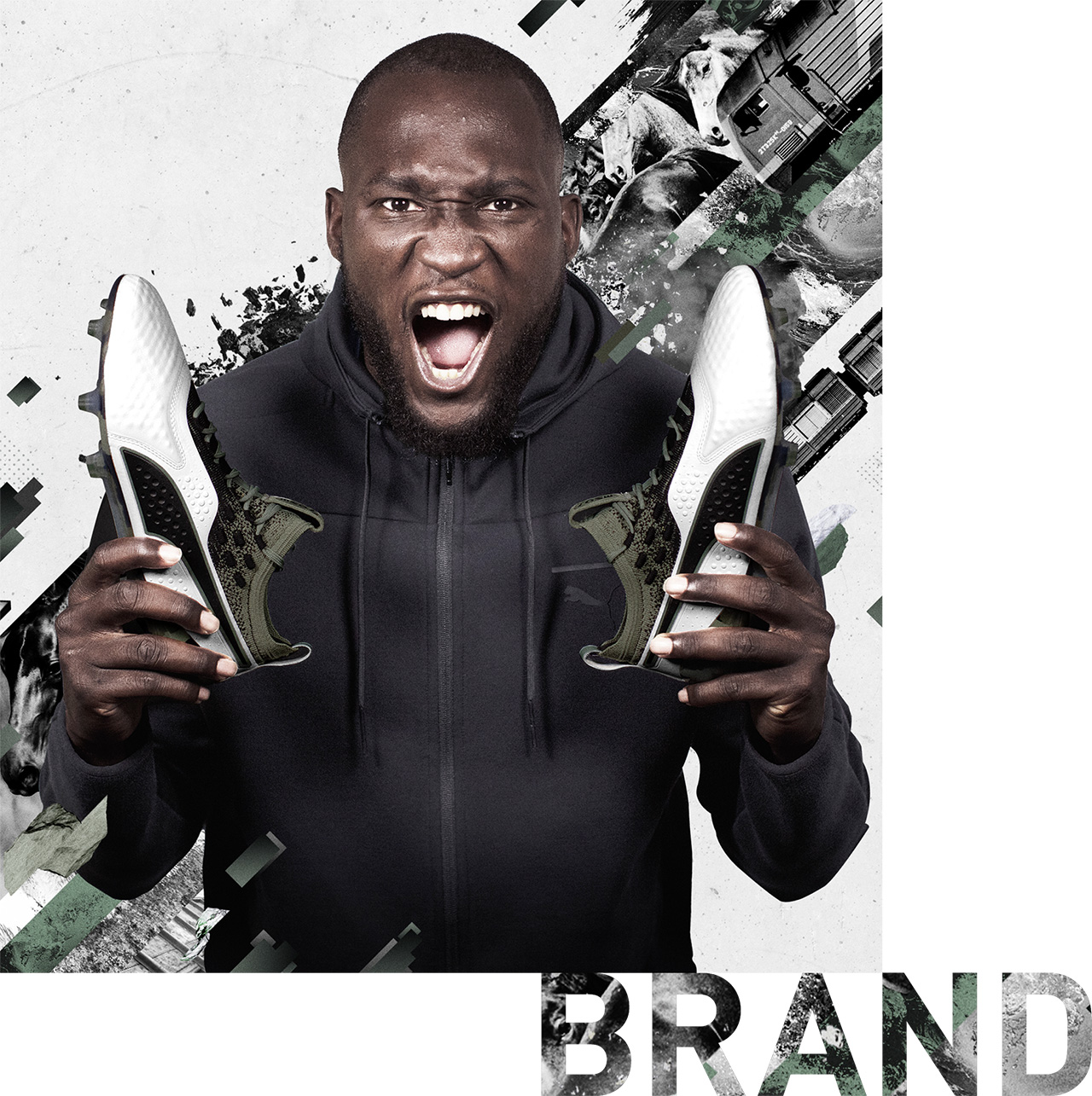
brand strategy
 Interview with Adam Petrick,
Interview with Adam Petrick,
Global Director Brand Marketing
PUMA just celebrated its 70th anniversary. How would you describe PUMA’s evolution as a brand since 1948?
Adam Petrick: When I think about “evolution” in our brand, I like to start by thinking about Rudolf Dassler’s goals and objectives for our company, and what he felt sport stood for. He believed that the work we do here is a constant pursuit of progress and achievement – particularly with a focus on athletic performance, but also in the pursuit of bringing people together emotionally. Forever Faster means that there’s always something out there that we can be doing better, especially thrilling and uniting people in new, innovative ways. That mantra comes directly from him and his words.
It’s interesting that in the long arc of a brand, even if you go astray for some time, you often come back to the things that were most important at the beginning. Though there may have been a period when we stepped away from sport and placed a greater emphasis on style or fashion, we can now zoom-out fully and say that this “middle period” was quite useful to our overall development. It gave us a dimension that is a valuable differentiator for us today as we seek to blend and leverage a range of sport and cultural influences to drive progress.
Through the course of 70 years, we have come right back to where we needed to be: grounded in the vision of our founder but enriched by our journey.
What do you think is PUMA’s biggest accomplishment in 2018?
Our most significant accomplishment in 2018 has been the re-entry into performance Basketball, giving us a powerful new platform in sports and setting a new standard for approaching a sport category through the culture and influences that surround it. Expanding our portfolio of performance categories from Golf, Track & Field, and Football into something that is a commercial, mainstream sport in some of our most important markets – that’s a big deal.
We’ve been able to sharpen our performance credibility to demonstrate our sporting point of view in a more cohesive and coherent way, especially in the US, and we’ve done a lot to create brand heat for the company overall. We can confidently say that Basketball has helped us to sell more football boots, more fashion sneakers, even more branded apparel.
What does it mean for the brand?
Throughout 2018, we’ve also become clearer about what it means to participate in “sport culture.” We made a lot of progress in Football culture whether it’s understanding our football-obsessed teen as our core consumer, or signing a new generation of exciting athletes who are unique individuals on and off the pitch. I think Golf has always been a category where PUMA capitalizes on golfing culture.
Now, I believe we are finally defining our method and approach to sports in a way that is consistent with our brand’s ethos and energy in all of our categories. We’ve sharpened our focus on blending style and technology in Motorsport and that’s starting to really pay dividends. Even our training initiatives are reaching into the cultures of fitness, wellness, and health, and are proving what we mean when we say, “Sport Culture is Sport.”
In a fast-paced and highly competitive sportswear industry, what is PUMA doing to keep growing and stand out from its competitors?
I think that with each passing year, we are getting better and better at focusing on the culture around sports, and thinking about the ways to impact the people who are a part of that culture, as efficiently and effectively as possible. In 2019, we have a huge opportunity to improve the techniques that we use to communicate across the board. The communications channel shift that we have observed over the last several years suits PUMA very well.
The trends we see in the market and among consumers play to our strengths: social media power, word of mouth storytelling, influencer marketing. These communication channels are built around the ways that our “Generation Hustle” consumers speak to one another. These trends also demonstrate that we need to recognize that the kid who’s into Basketball might also be into Football, might also be into Golf, might also be into Motorsport, and doesn’t necessarily care which category their products are coming from – as long as they’re relevant and cool and interesting. If we continue to evolve our thinking in that sort of enlightened way and address Sport Culture across the board – the fashion of sports, the music of sports, the gaming, the humor, the inside knowledge of sports, and so on – that’s our differentiation point. That’s how we are going to win.



